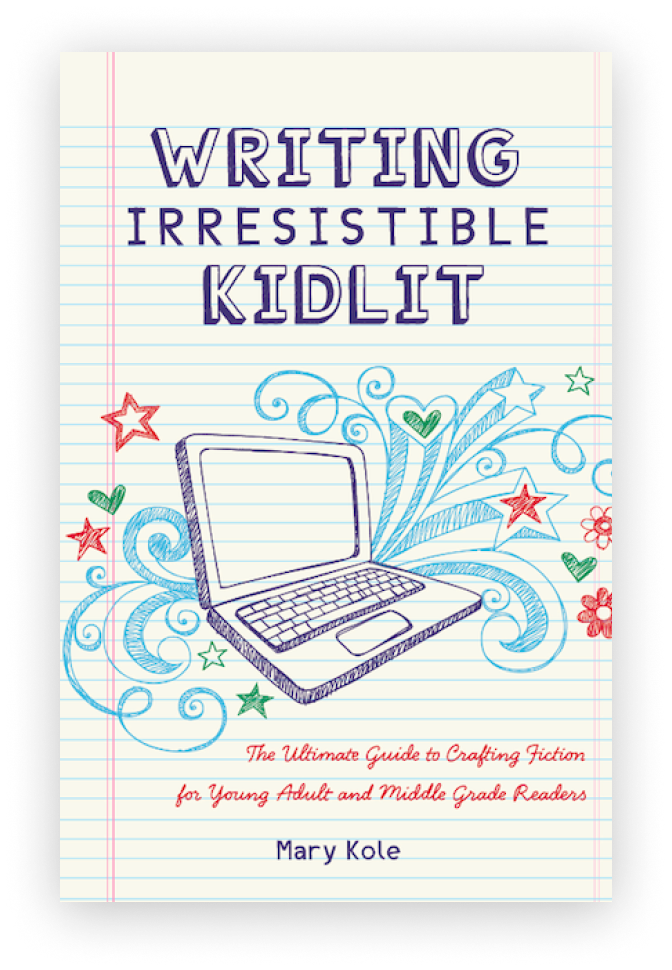Developing a Story Framework
By Mary Kole
Mary Kole is a former literary agent, freelance editor, writing teacher, author of Writing Irresistible Kidlit, and IP developer for major publishers, with over a decade in the publishing industry.
Many aspiring writers are daunted to think about crafting a story framework that appeals to readers. However, you don't need to be a master plotter to create a compelling story framework or novel outline. With the right ingredients and execution, you can craft a book idea and story structure that will help you draft a novel and leave your readers wanting more. In this article, I’ll cover the basics of crafting a story framework, the essential ingredients of a captivating outline, how to execute it with maximum emotional impact, common mistakes writers make with their story framework, and the effect of genre on a book idea.
What Is a Story Framework?
What exactly is a story framework? At its simplest, it’s the skeleton of your story, with plot arcs and character arcs developed. It's the structure that supports your characters, plot, and theme. It’s like the blueprint of a house, without which, building a solid structure would be impossible. A good story framework sets the stage for your novel drafting process, and by planning ahead, you stand to keep your readers engaged from beginning to end.
Story Framework Ingredients
What are the essential ingredients of a compelling story framework? Firstly, it’s important to establish the setting and writing style you’ll be using, as well as the genre. By answering these big questions first, you can then spend more time developing your characters and plot points. This includes the time and place of your story, the mood and atmosphere, and any important details that set the stage for what's to come.
Secondly, you need to introduce your main protagonist or major secondary characters, if you’re writing a multiple POV (point of view) narrative. Who are they, what do they want, and what motivates them? Thirdly, establish the conflict and story obstacle, or what is getting in the way of your character's desires. You’ll also want to think about what is at stake if they fail to achieve their goals. From here, you can sketch out the plot. What are the major events that will take place in your story, and how will they unfold?
Once you have a strong story framework, executing it with maximum emotional impact is key. This usually happens during the drafting process and involves creating character and action beats that keep your readers engaged. If readers care about a character, they will generally become invested in whether or not the character gets what they want. Character beats refer to those moments that reveal insights into your characters, their motivations, fears, desires, strengths, and weaknesses. Action beats are those moments that move your story forward and build tension. They can include physical actions, dialogue, and inner thoughts, also known as interiority.
Story Framework Mistakes and Considerations
However, there are some common mistakes that writers make with their story framework craft. One is neglecting to include enough conflict or making the conflict too easy to resolve. If it seems that the character will triumph easily, readers won’t care as much to see them try. On the other hand, if the conflict seems impossible to resolve, reader engagement can also flag. Another is failing to reveal enough character details or motivations, leading to a flat, one-dimensional character, caricature, or passive protagonist. Finally, overcomplicating the plot can lead to confusion and lack of emotional engagement because the overall novel outline doesn’t seem cohesive.
It's also crucial to acknowledge that different genres have unique expectations for the story framework. A romance novel, for example, will place more emphasis on character development and romantic tension, while an action-packed thriller will focus more on plot and keeping readers on the edge of their seats with a ticking clock that counts down to a high-stakes event the protagonist must prevent. Understanding these genre-specific expectations will help you craft a framework that will appeal to your target readership, because you want to have your audience in mind when you’re creating a story framework.
Crafting a compelling story framework takes time and effort, but it is an essential step in planning and executing a successful book idea. Remember to establish the setting and tone, introduce your characters, establish the conflict and plot, and execute it with character and action beats while avoiding common mistakes. Understanding genre-specific expectations will also help you create a story framework that will appeal to your readership. With these tips in mind, you'll be well on your way to writing a story that grips readers from beginning to end.

Click here to purchase Writing Irresistible Kidlit, my book on fiction craft for MG and YA novels, out from Writer's Digest Books. This will show you my writing craft philosophy and give you lots of valuable advice, including tips for the novel revision process and self-editing. There are over 35 example novels cited and discussed throughout. It’s a valuable resource for any writer’s toolkit.
Click here to purchase Irresistible Query Letters, my book on query letters, including over forty examples with comprehensive notes on each one. There’s a ton of submission advice, best practices, and insider information in these pages, and you’ll really enjoy seeing what other writers are doing in the slush.
Click here to purchase Writing Interiority: Crafting Irresistible Characters, my book on interiority and character creation. Explore your protagonist’s thoughts, feelings, reactions and interpretations, expectations, and inner struggles to create a rich, immersive experience. This guide will empower you to create characters who live and breathe on the page, fostering an unbreakable bond with your audience.





